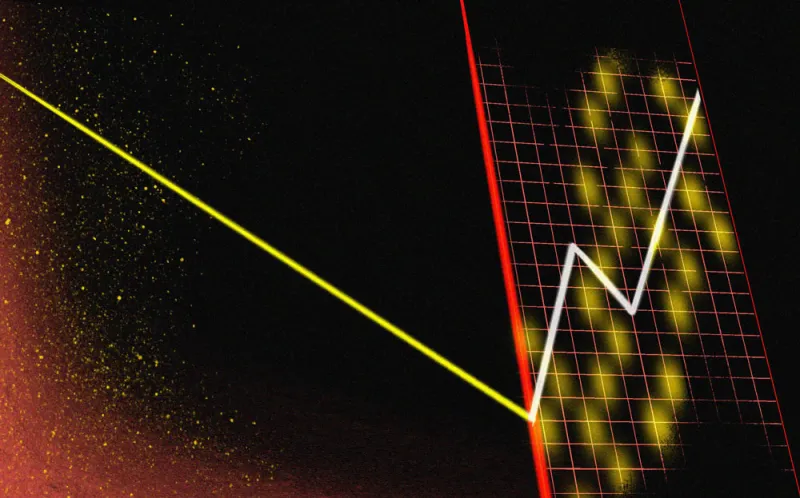While private equity assets themselves are set to break records in 2021, one of their derivative products — secondaries — also had an unprecedented year.
According to a report by private equity solutions provider Triago, the volume of the private equity secondary market is projected to reach $113 billion in 2021. It would be the first year in which the secondary market has hit the $100 billion mark, surpassing the previous record of $83 billion in 2019, the report added.
Once an unloved asset class, private equity secondaries involve buying and selling existing stakes in PE funds and portfolios. Thanks to what the report referred to as "uncommonly strong rises in net asset values” in the private market, secondaries are now priced at historical highs and have kindled investor interest in these transactions, according to the Triago report. In 2021, the average secondary fund led by limited partners has traded at 96 percent of trailing NAV, up by 7 percentage points in the second half of 2020, the report said.
“There are a lot of different forms of secondaries,” Michael Bennett, managing partner at the investment banking division of Crewe, told Institutional Investor. One is pre-IPO secondaries, which involve buying stakes from the early employees of a company that is “ideally trending toward an IPO.” The stakes typically trade at a discount because the sellers demand liquidity. Pre-IPO secondaries, Bennett added, are a great way for investors to get exposed to a specific sector.
Another type of secondary involves the LP positions in private equity funds, Bennett said. Typically, a PE fund has a life cycle of seven to ten years, but it may sometimes go beyond the expected investment horizon, prompting the current limited partners to sell their shares at a discount in exchange for liquidity. Compared to traditional PE investments, the LP-led secondaries have “a higher probability of success because you already know what investments are in the fund,” Bennett said.
There are also secondaries led by general partners, which account for more than half of the PE secondary market, according to the Triago report. Also known as “continuation funds,” the GP-led secondaries were first introduced by general partners so that they could hold onto attractive assets longer. Through the first three quarters of 2021, $46 billion of the $79 billion secondary market involved GP-led transactions, up from $37 billion in the full year of 2020, the Triago report said.
“GP-led transactions can also help to solve concentration limits in funds, as well as allow GPs and management teams to continue to work together in situations where they know each other well,” said Francesca Paveri, managing director in the private capital advisory group at Evercore, an investment bank based in New York. “At the same time, they allow the GP to offer their LPs liquidity, mostly at very attractive valuations.”
Despite the rapid growth of the private market, a lack of transparency remains a challenge for investors interested in secondaries, according to Bennett. “A lot of times there’s a difficulty in getting access to information,” he said, adding that investors mostly rely on third-party research or what they read in the media. There have been rare cases, however, in which companies have provided investors with information to help employees sell their pre-IPO shares, according to Bennett.
“I would expect [the secondaries market] to get more efficient,” Bennett said. “The market is still largely relationship-driven.” He added that in the next decade, blockchain technology might be able to “drive down pricing and give [investors] better access to private companies.”







